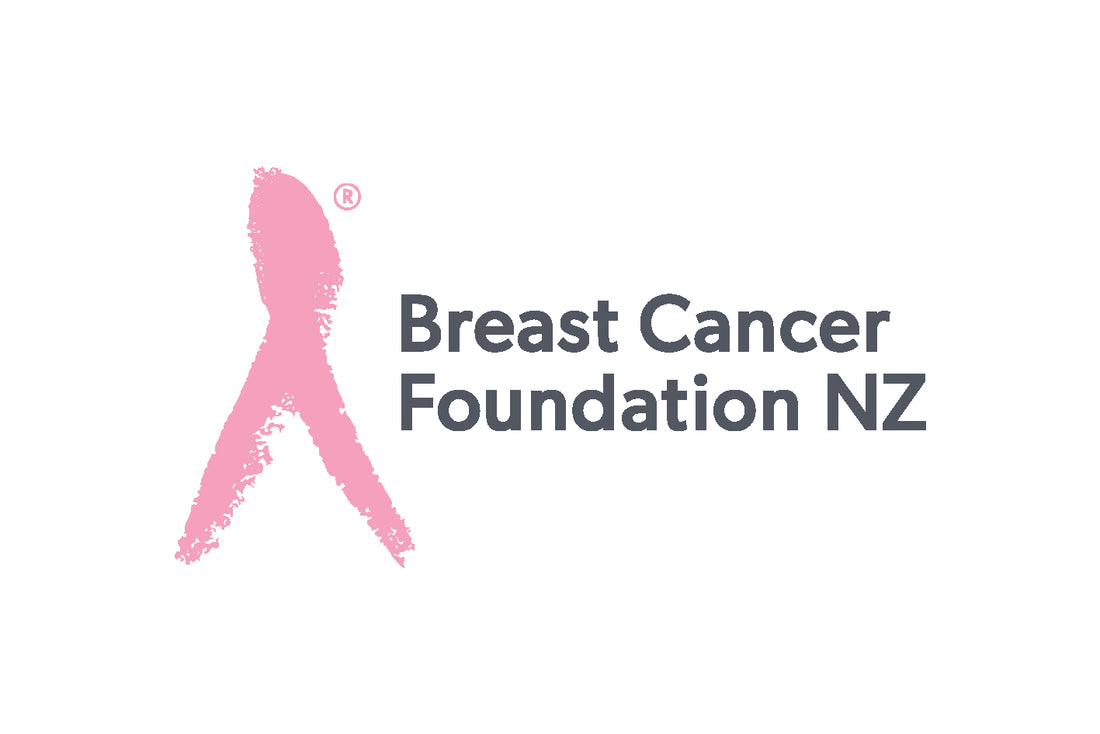|
As continued support for Cancer Rehab Awareness Week 2021. We want to talk about and elaborate on a topic we work closely with; "Scar Management". We recently presented to the nurses at the Breast Care Foundation and now can be found on their directory for anyone that may have issues with their scar post-operatively from Breast surgery or any other surgery. |
|
|
Silicone as a treatmentClinical effects of silicone therapy Silicone sheets have proven to result in reduction of thickness, erythema, pain, itchiness, and pliability of hypertrophic scars (6) Silicone products should ideally be worn for between 12 and 24 hours a day. In general, total therapy duration — for both hypertrophic and keloid scars — should be at least 2 to 3 months, while a treatment period of 6 months can prevent recurrence.(7) |
|
References 1) Gärtner R, Jensen MB, Nielsen J, Ewertz M, Kroman N, Kehlet H. Prevalence of and factors associated with persistent pain following breast cancer surgery. JAMA. 2009 Nov 11;302(18):1985-92. doi: 10.1001/jama.2009.1568. Erratum in: JAMA. 2012 Nov 21;308(19):1973. PMID: 19903919. 2) Dieterich M, Allmendinger S, Gerber B, Reimer T, Hartmann S, Stachs A, Stubert J: Prevalence, Clinical Significance and Risk Factors for Developing Scar Pain and Sensibility Disorders in Breast Cancer Patients after Breast-Conserving Therapy and Mastectomy. Breast Care 2020. doi: 10.1159/000513241 3) Gauglitz, G. G., Korting, H. C., Pavicic, T., Ruzicka, T., & Jeschke, M. G. (2011). Hypertrophic scarring and keloids: pathomechanisms and current and emerging treatment strategies. Molecular medicine (Cambridge, Mass.), 17(1-2), 113–125. https://doi.org/10.2119/molmed.2009.00153 4) Everaars, K.E., Welbie, M., Hummelink, S. et al. The impact of scars on health-related quality of life after breast surgery: a qualitative exploration. J Cancer Surviv 15, 224–233 (2021). https://doi.org/10.1007/s11764-020-00926-3 5) Chang CS, Wallace CG, Hsiao YC et al. (2018). Clinical evaluation of silicone gel in the treatment of cleft lip scars. Sci Rep 8: 7422 6) Wang F, Li X, Wang X, Jiang X. Efficacy of topical silicone gel in scar management: A systematic review and meta-analysis of randomised controlled trials. Int Wound J. 2020 Jun;17(3):765-773. doi: 10.1111/iwj.13337. Epub 2020 Mar 2. PMID: 32119763; PMCID: PMC7949016. 7) Durante, C. M., & Kant, S. Silicone therapy for the treatment and prevention of problematic scars: a practical guideline. |










